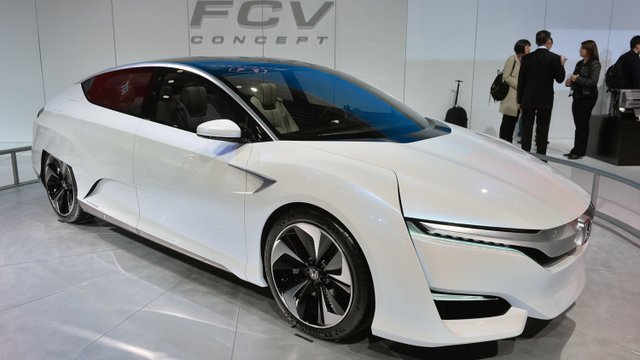Honda Introducing All-New EV, PHEV Models by 2018

One is an all-new pure battery electric vehicle and the other is an all-new plug-in hybrid. Details on the new vehicles were slimmer than the skinniest hipster jeans in all of Detroit, but the announcement shows that Honda wants to grow its portfolio of alt-fuel powertrains in the not-too-distant future. Honda currently sells the Fit EV and various Accord hybrids, and also showed off the upcoming Acura NSX here in Detroit this week.
Ryan Harty, Honda's manager of environmental business development, said that these vehicles are all in service of the upcoming stricter CAFE fuel economy requirements. "Leading up to 2025 [the 54.5 mpg level], in order to meet regulation – not just US but globally – and more to meet our customer's expectations, we think big improvements in ICE engines can meet those," he said. "But also very exciting to all of us at Honda is our upcoming electromobility products. We really are building the foundational blocks to get to where we need to go after 2025."
That means vehicles that devour electricity. "Honda is very optimistic about the future of electromobility," Harty said, "not just the hybrids that we've already brought out but how those hybrids and our experience with fuel cell vehicles and battery electric Fit EV and Accord plug-in hybrids is giving us the confidence to launch a brand-new generation of battery electric and plug-in hybrid vehicles. This will be a new sales pillar for American Honda. We want to bring these vehicles to market in significant volume."
Honda says that it will also use, "further application of two- and three-motor hybrid systems" in the US. The fuel cell concept will arrive as a production version after March 2016. That is when it is scheduled to launch in Japan, with US deliveries happening some time later.
In the near-term, though, expect better VTEC turbo engines to power more Honda vehicles while using comparatively less fuel. Honda says it will invest $340 million at the Anna Engine Plant in Ohio to build a new 4-cylinder engine. Down the road, though, its electrons over petroleum.
Nouvelles connexes


